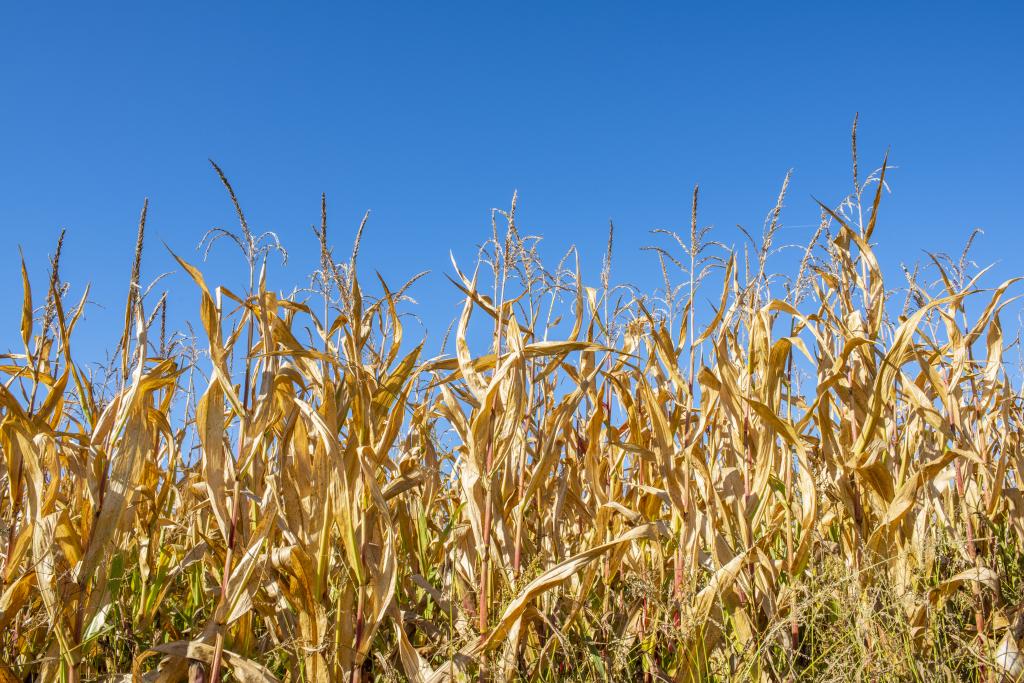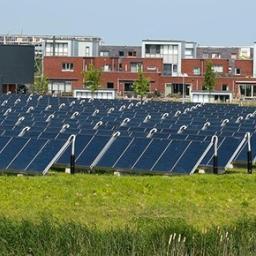Identifying Potential Clusters of Future Migration Associated With Water Stress in Africa
Water stress negatively affects rural livelihoods that depend on agriculture. In some contexts, this can influence migration decisions, especially in vulnerable regions with limited adaptive capacity. In this study African regions are identified that are projected to be relatively vulnerable to water-stress related migration by 2050.
Migration is a complex process, driven by numerous so-called push and pull factors. This study has been performed to shed light on this complexity in the context of agricultural water stress. Due to the complex nature of migration dynamics, it is not feasible to ‘predict’ the future number of migrants affected by water stress in agriculture. Rather than stating precise numbers, this study identifies regions that are projected to be relatively vulnerable by 2050.

Poor rural drylands most at risk
Earlier research has shown that regions with a relative high share of young people, low economic development and growing populations are particularly vulnerable for environmental degradation as driver for migration. These insights were used to develop vulnerability maps, combined with information on yield gaps as a result of water stress. Following a Middle-of-the-Road scenario, clusters of potential emigration are projected for parts of the Sahel, the Horn of Africa and regions of Angola. The regions where emigration associated with water stress is expected to be relatively high by 2050 are approximately the same as those of 2010, although more rural people are projected to be living in high to very high risk areas; 169 million.
Insights for policy
This paper features two important insights. First, emigration is multi-faceted and context-specific, and hardly, if ever, solely driven by environmental degradation. It is therefore not possible to predict precise numbers of ‘environmental migrants’. Following these insights, mapping vulnerabilities is the best way forward to inform policymakers. Second, rural livelihood prospects in the regions identified as having a ‘high’ or ‘very high’ probability of emigration will be limited without substantial investments in adaptation measures such as water infrastructure. The findings of this study can support policymakers in setting geographical priorities when working on migration linked to water stress.
Authors
Specifications
- Publication title
- Identifying Potential Clusters of Future Migration Associated With Water Stress in Africa
- Publication subtitle
- A Vulnerability Approach
- Publication date
- 2 May 2022
- Publication type
- Article
- Page count
- 12
- Publication language
- English
- Magazine
- Frontiers in Human Dynamics
- Issue
- 2022; (4)754354
- Product number
- 3748




